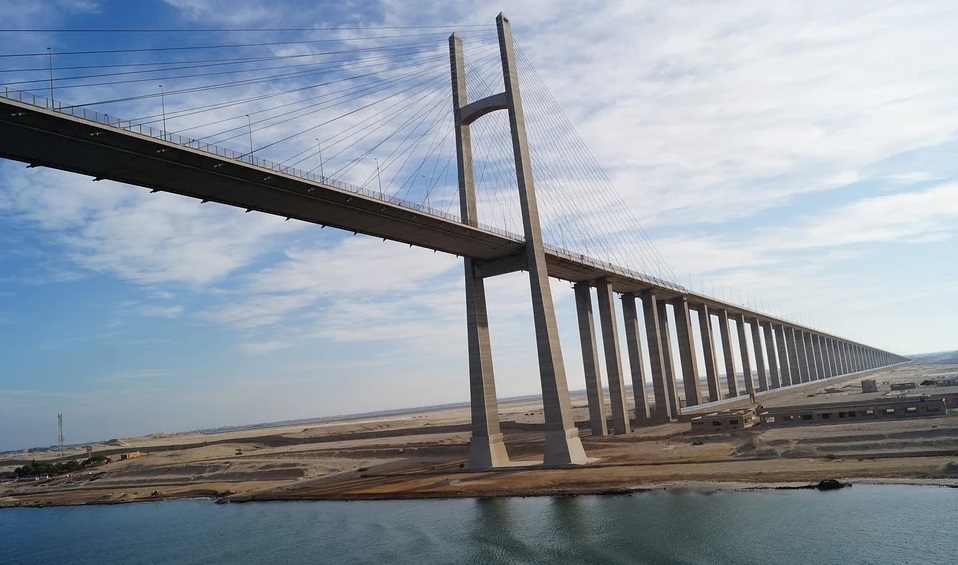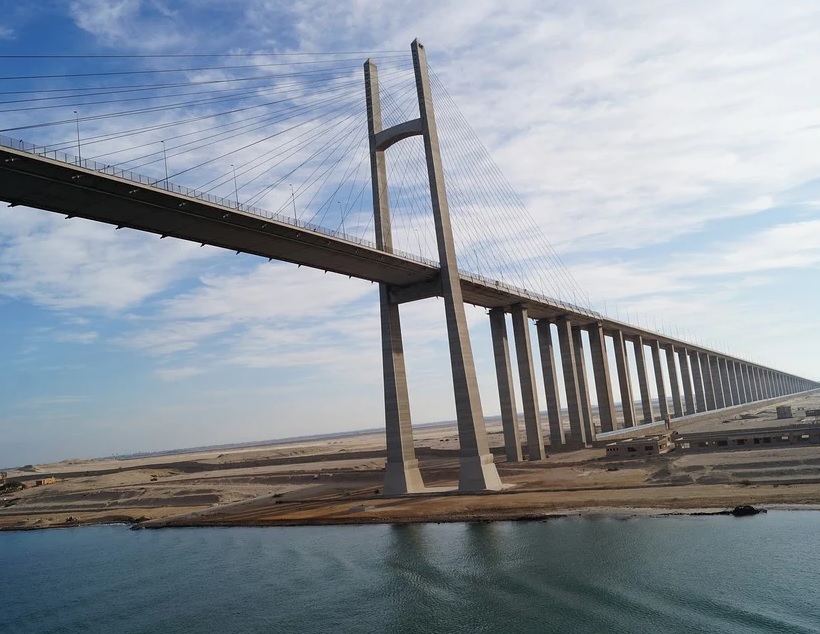A massive cargo shipping container is currently blocking the Suez Canal in Egypt which is the link between the Mediterranean Sea and the Red Sea. The cargo vessel called Ever Given has stuck sideways in the canal which in turn has blocked the path for other ships who are now waiting in line to cross the canal. This has led to one of the worst shipping jams in several years. In this blog, you will read about the current traffic jam in Suez Canal and its possible impacts on the sea cargo shipping industry.
What led to the blockage?
The Ever Given is a 200,000 tons behemoth that is 400 m long and almost 60 m wide. Registered in Panama, this massive vessel got stuck sideways during its journey from China to the Netherlands. To quote the vessel’s operator, a Taiwanese transport company, the ship was “suspected of being hit by a sudden strong wind, causing the hull to deviate…and accidentally hit the bottom and ran aground.” The huge ship presently has its bow stuck on one bank of the Canal. Meanwhile the ship’s stern is nearly touching the other side. The crisis commenced last Tuesday when a dust storm caused the ship to change its route.
The present scenario
Presently, several teams are working together to dislodge the Ever Given. Tugs and dredgers are presently dragging the ship to a zone with deeper water and more tugs are on their way. The Ever Given is by far the largest vessel to make its way through the Canal. The Suez Canal Authorities are now trying to re-float the ship by using the tug units. Moreover, diggers are also working towards dislodging the ship from the shores of the canal. The ongoing operation needs much care and effort and it might take several days till the canal traffic resumes its normal flow.
SMIT Salvage a Dutch company that specializes in salvaging wrecked sea vessels has been appointed by the owners of Ever Given for helping with the movement of the vessel. In the words of Martijn Schuttevaer, the spokesperson for SMIT, “It will be critical to inspect the vessel and how deeply it is lodged in the embankment….the question is how solidly she has been grounded.”
Why is the Suez Canal important for the sea cargo shipping industry?
The Suez Canal in Egypt is a man-made canal that stretches for 193 km and includes three natural lakes. Oil tankers use the canal for transporting crude oil from the oil exporters in the Middle East to the USA and Europe. Container ships also ply on this canal for moving cargo between Asia and the North Sea. On an average, 50 vessels use this canal regularly. Last year roughly 19,000 container ships with a total tonnage of 1.17 billion crossed the Suez Canal.

How the Suez Canal blockage is going to impact the international maritime trade?
Sal Mercogliano a maritime historian says that even though this kind of accident happens once in a blue moon. Therefore, it could have a massive impact on the global trade scenario. If the tugs are not able to dislodge the ship from the banks then they will have to work on unloading the cargo. This can be a very difficult operation that might take more than a few days.
The blockage could also negatively affect the movement of international ocean cargo between the Mediterranean Sea and the Red Sea. Oil Analytics company Vortexa believes that the blockage of the Canal can stop the passage of 10
ships carrying 13 million barrels of crude oil. Re-routing the ships on the other hand will result in a 15 days delay in their estimated arrival time in the European countries. The oil prices have already risen by 2% as a result of this crisis.
To quote Warren Patterson, the Chief of Commodity Strategy for ING Group in Singapore, “It could be having a bit of an impact when you consider about 10% of total seaborne oil trade goes through the Suez Canal, but I imagine any disruption would be very temporary.”


